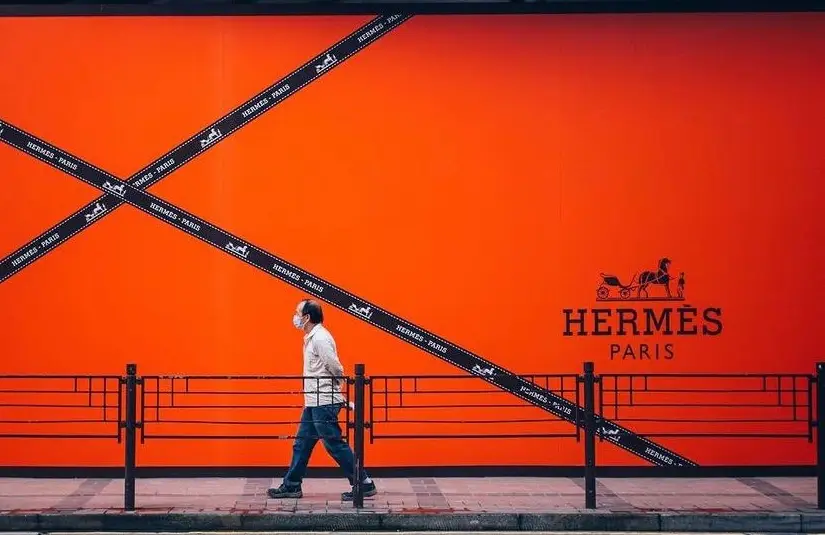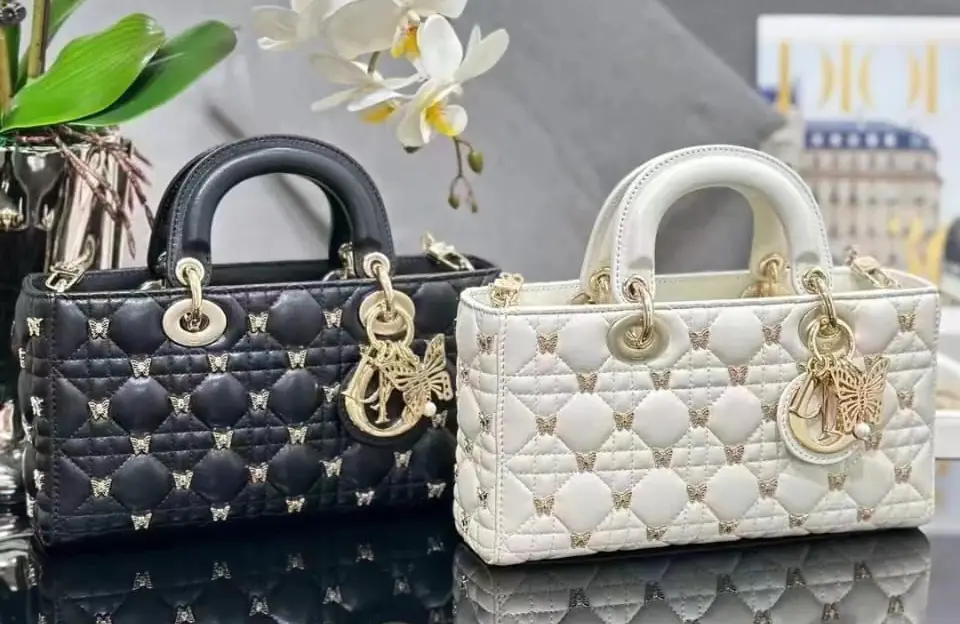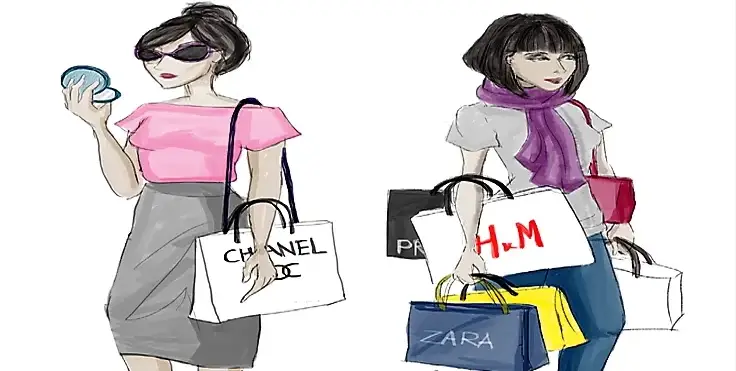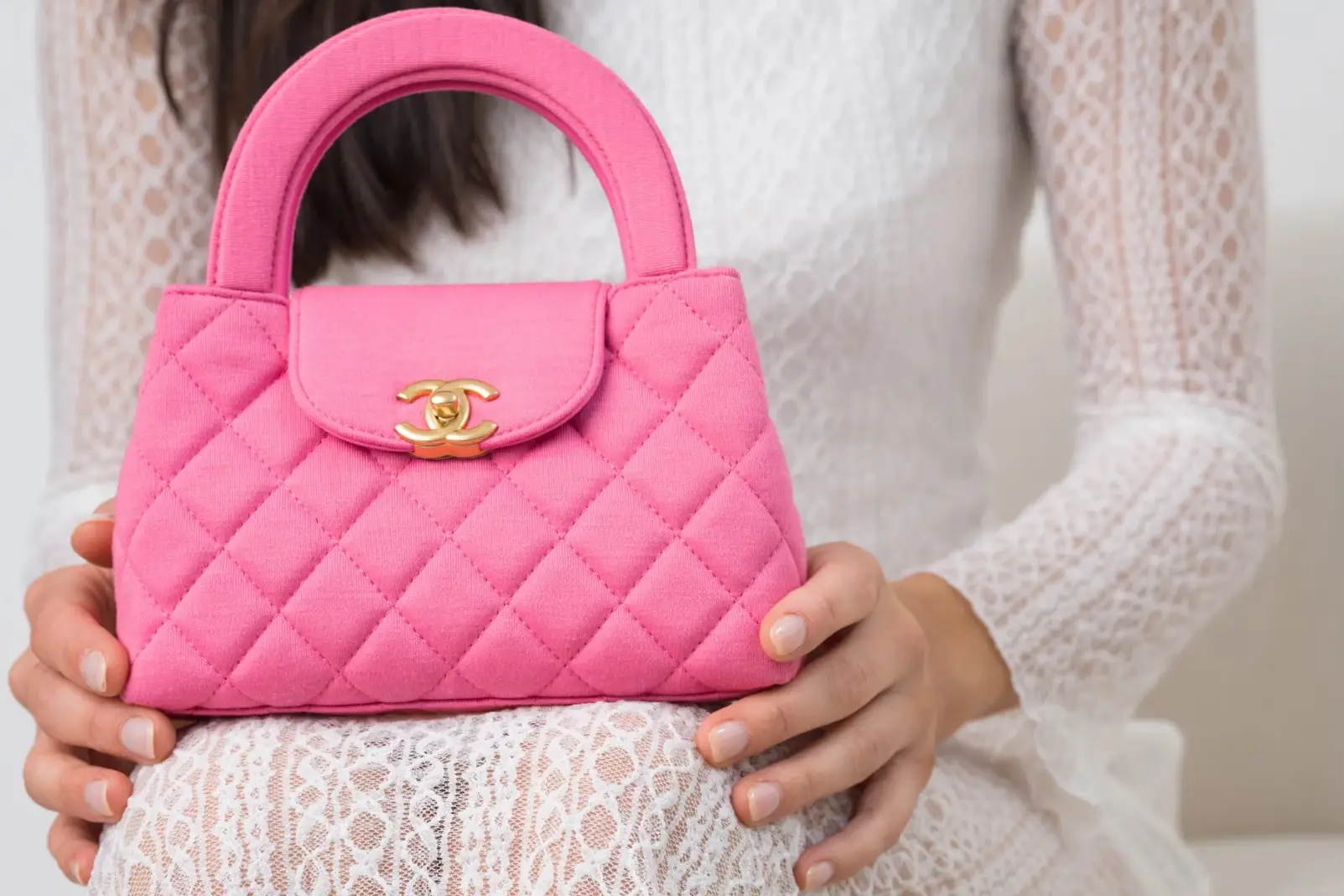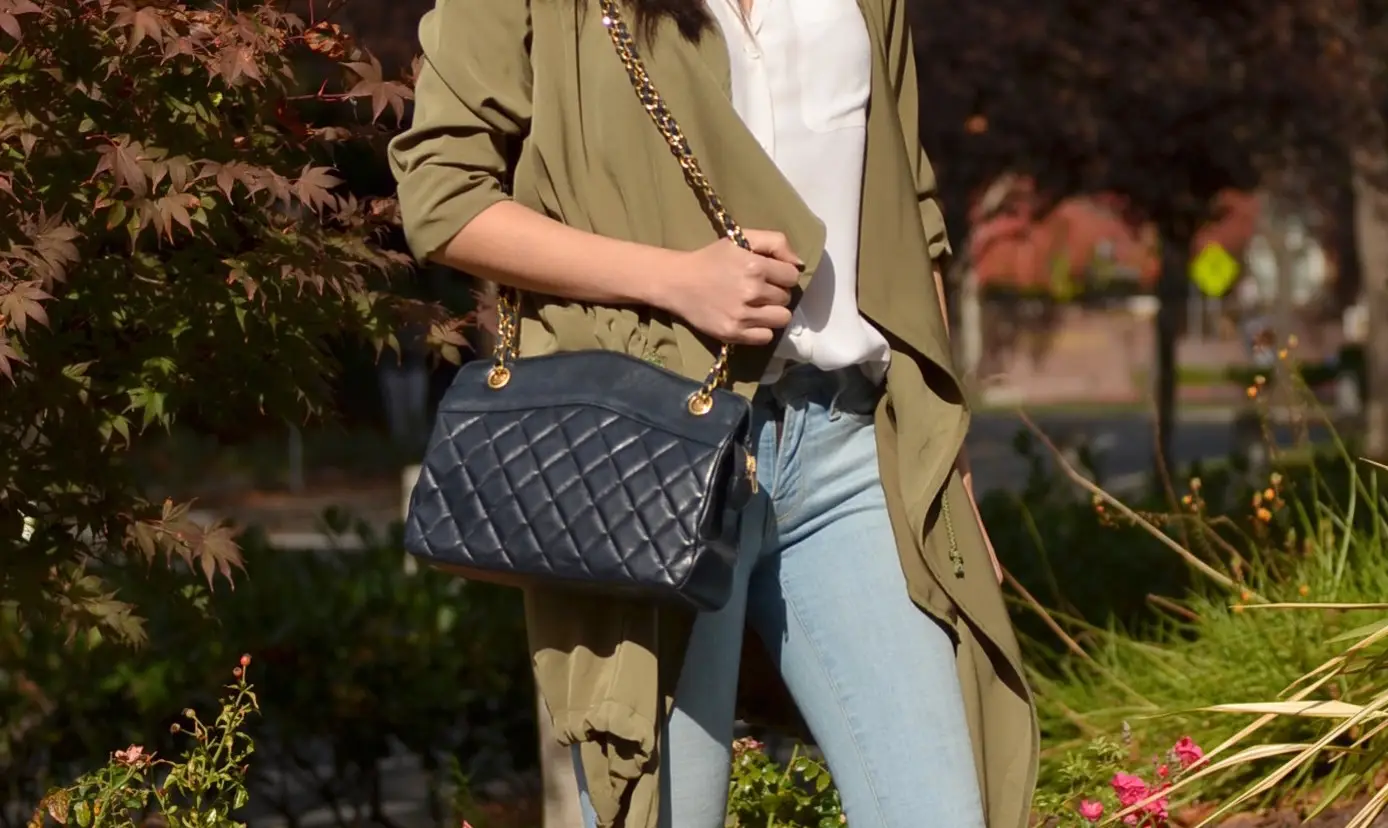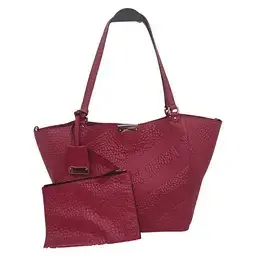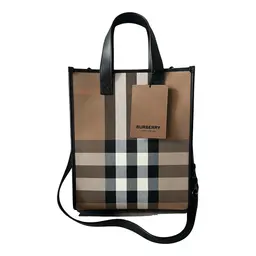The luxury resale market is far from monolithic. Each brand follows its own trajectory, with consumer demand, cultural cachet and scarcity shaping outcomes in unique ways. Nowhere is this more evident than in the contrast between Hermès and Dior.
Both brands occupy strong positions in the pre-owned market, but their resale circuits operate on very different dynamics. On resale platforms these differences are clearly reflected in how buyers shop for Hermès bags compared to Dior bags.
Hermès: Scarcity as Currency
Hermès is synonymous with exclusivity. The Birkin and Kelly have become legendary not only for their craftsmanship but for their scarcity. Boutique access is limited, and waiting lists can stretch for years. This deliberate inaccessibility fuels resale premiums that routinely exceed retail prices.
On resale platforms, Hermès listings consistently attract global competition, with exotic leathers and rare colors fetching six-figure sums. For collectors, Hermès isn’t just fashion—it’s an asset class.
Dior: Cultural Relevance and Accessibility
Dior, by contrast, thrives on cultural visibility and accessibility. The Lady Dior, famously associated with Princess Diana, and the Saddle Bag, revived through celebrity endorsements, have become two of the most in-demand models in resale.
Unlike Hermès, Dior bags are more widely available at retail. Their resale strength stems from cultural momentum rather than scarcity. Prices typically hold between 70 and 85 percent of retail, though limited editions and artist collaborations can appreciate significantly.
Different Buyer Profiles
The contrast between Hermès and Dior also plays out in who buys them. Hermès attracts seasoned collectors and investment-focused buyers who treat Birkins and Kellys as long-term assets. Dior appeals to younger, trend-conscious consumers seeking cultural icons that are both aspirational and accessible.
This divergence means Hermès and Dior rarely compete directly; instead, they complement one another in the resale ecosystem.
Pricing Strategies and Market Impact
Hermès’ tight supply strategy creates explosive resale premiums, while Dior relies on steady retail increases and celebrity exposure. Both strategies impact resale differently.
A Birkin purchased at retail for $12,000 may resell for $20,000 or more within months. Meanwhile, a Lady Dior bought for $5,500 might resell at $4,500 to $5,000 depending on condition—still strong, but reflective of accessibility.
Sustainability and Consumer Values
Both Hermès and Dior benefit from sustainability-driven demand. Buyers increasingly see pre-owned purchases as ethical alternatives to fast fashion. Hermès’ durability ensures bags last decades, while Dior’s timeless models make them staples in circular fashion.
Global Resale Circuits
Geography also plays a role. In Asia, Hermès dominates as a status symbol, with demand particularly strong in China, Japan and Singapore. Dior, meanwhile, resonates globally but especially in Europe and North America, where cultural associations with Lady Dior and Saddle Bags run deep.
Despite different dynamics, both brands share one necessity: authentication. Counterfeits of Hermès and Dior are widespread, and their popularity makes them targets for forgeries.
Analysts expect Hermès to remain dominant in high-value resale, while Dior continues to expand through cultural relevance and sustainability. Together, they illustrate how luxury resale is not a one-size-fits-all market but a spectrum of strategies and buyer motivations.
Conclusion
The resale market thrives on diversity, and Hermès and Dior embody two distinct but equally powerful models. Hermès commands value through scarcity, while Dior builds it through cultural momentum. Resale platforms bring these dynamics together, connecting global buyers to the stories, values and investments behind every bag.
In the end, whether it’s a Birkin or a Lady Dior, the resale journey underscores one truth: luxury is no longer just about ownership—it’s about enduring relevance.

